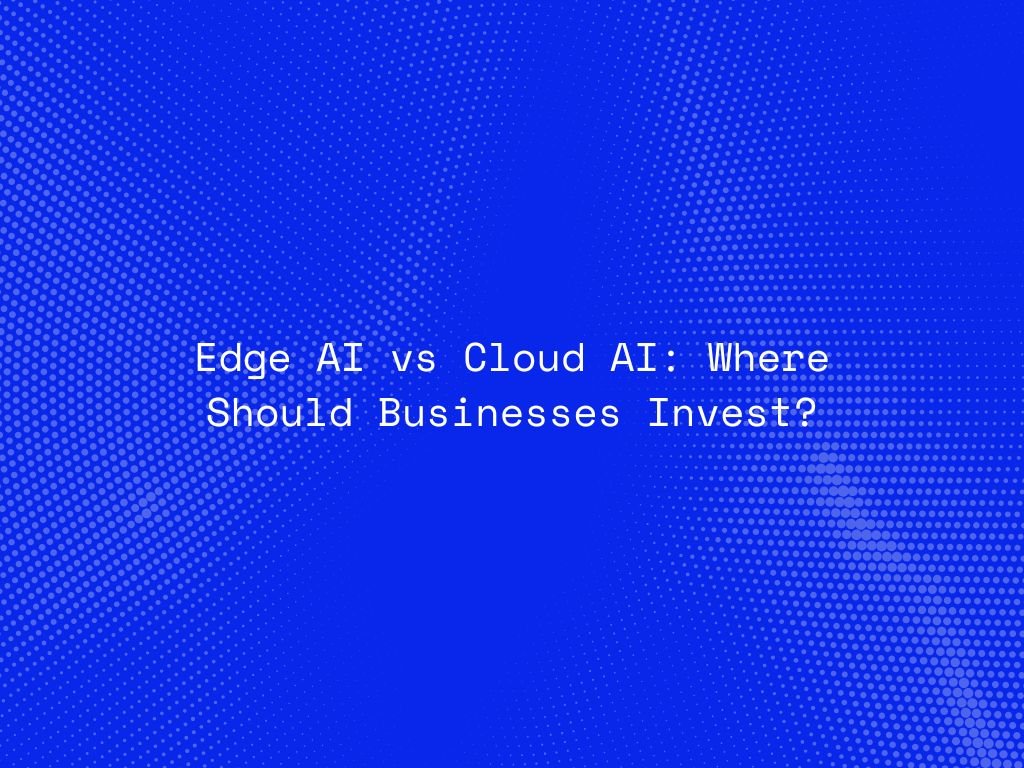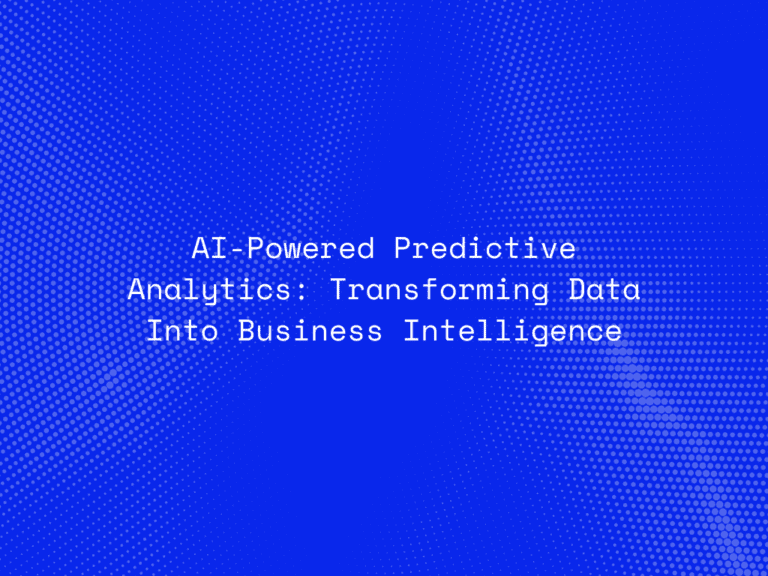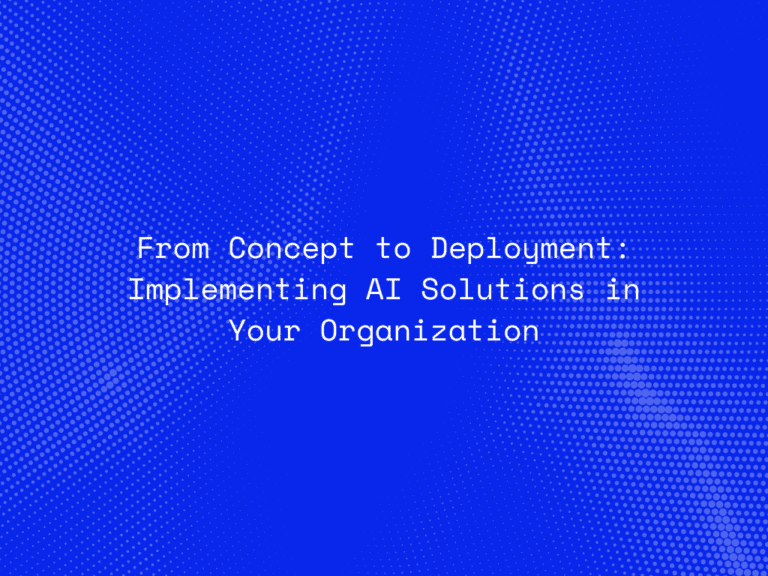As artificial intelligence (AI) continues to reshape industries, businesses are faced with a key infrastructure decision: should they deploy AI workloads on the cloud or on the edge? Both Edge AI and Cloud AI offer powerful capabilities, but each comes with its own trade-offs in terms of performance, cost, latency, and security.
Understanding the differences between Edge AI and Cloud AI—and where each excels—is essential for organizations looking to future-proof their AI investments and build scalable, efficient systems. This blog breaks down the core distinctions and helps guide businesses toward the most strategic choice for their needs.
What is Edge AI?
Edge AI refers to running AI algorithms directly on devices (or at the “edge” of the network) rather than relying on centralized cloud servers. These devices could be smartphones, cameras, industrial machines, IoT sensors, or embedded chips in autonomous vehicles.
In Edge AI, data is processed locally where it’s generated, enabling real-time decision-making and reducing reliance on internet connectivity.
Key Advantages of Edge AI:
Low Latency: Immediate responses are possible because data doesn’t need to travel to the cloud.
Better Privacy: Sensitive data stays local, reducing exposure and regulatory risks.
Offline Functionality: Edge devices can operate without constant internet access.
Lower Bandwidth Usage: Reduces data transfer to centralized servers, saving bandwidth and costs.
What is Cloud AI?
Cloud AI utilizes the computational resources of data centers to process and analyze data. It involves sending data to remote servers (typically hosted by providers like AWS, Google Cloud, or Azure) where machine learning models are trained and executed at scale.
Cloud AI is ideal for large-scale processing, model training, and centralized monitoring and management.
Key Advantages of Cloud AI:
High Computational Power: Leverages massive computing infrastructure for model training and complex tasks.
Scalability: Can easily scale to accommodate large datasets and user loads.
Centralized Updates: Easier to manage, monitor, and deploy AI solutions across platforms.
Access to Cutting-Edge Tools: Cloud platforms offer a rich ecosystem of AI services, APIs, and development tools.
Edge AI vs Cloud AI: Key Differences
| Feature | Edge AI | Cloud AI |
|---|---|---|
| Latency | Milliseconds | Seconds (due to network roundtrip) |
| Connectivity | Works offline | Requires stable internet |
| Data Privacy | Local data processing | Data sent to cloud |
| Compute Resources | Limited (device-dependent) | Virtually unlimited |
| Scalability | Device-limited | Highly scalable |
| Use Case Fit | Real-time processing | Heavy model training and analytics |
Where Should Businesses Invest?
The choice between Edge AI and Cloud AI should be guided by business goals, infrastructure readiness, and specific use cases. Here’s a breakdown of which approach is better suited depending on your needs:
Invest in Edge AI If You Need:
Real-time decision-making (e.g., manufacturing quality checks, autonomous vehicles)
Improved privacy and data sovereignty (e.g., healthcare diagnostics)
Resilience in low or no-connectivity environments (e.g., rural deployments, battlefield tech)
Energy-efficient, low-bandwidth solutions (e.g., smart sensors in logistics)
Invest in Cloud AI If You Need:
Centralized data processing (e.g., enterprise CRM analytics)
Training large AI/ML models (e.g., natural language processing, recommendation systems)
Integrating with enterprise-wide systems (e.g., ERP, financial forecasting)
High-frequency updates or iterative improvements to AI models
The Hybrid Approach: Best of Both Worlds
For many businesses, the future lies in hybrid AI—a model where Edge AI handles local, time-sensitive tasks while Cloud AI manages data aggregation, deep learning, and long-term analysis.
For example, a smart factory might use Edge AI to detect equipment anomalies in real-time while uploading logs to the cloud for trend analysis and predictive maintenance modeling.
This balanced approach ensures operational efficiency without sacrificing long-term insight or innovation.
Final Thoughts
Edge AI and Cloud AI are not rivals—they are complementary technologies that serve different roles in the AI ecosystem. While Edge AI brings speed, privacy, and independence, Cloud AI offers power, scalability, and flexibility. Businesses must evaluate their goals, infrastructure, and application domains to make the right investment.
The smartest move isn’t choosing one over the other—it’s knowing how and where to use both strategically.




